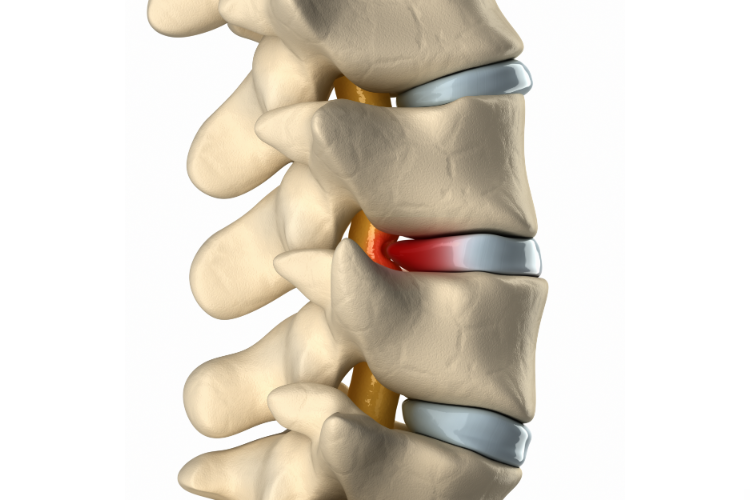All chiropractic care is the same, right? You have a practitioner to realign the vertebrae all the way down your back, and you’ll hear those magical snap, crackle, and pop noises. You may receive other complementary treatments as well, such as massage therapy.
What if we told you this isn’t how all chiropractors perform alignments? The field of chiropractic care is much more entailed. In fact, our Chelsea, MI, chiropractor offers a specialized NUCCA alignment. And while you have researched NUCCA on our website already or have searched throughout the web or even on the official NUCCA page, you may still wonder how this particular chiropractic care treatment differs from traditional chiropractic care.
Seeing as how our chiropractor specializes in this type of care, we’d like to take some time to compare it to traditional chiropractic care.
Treatment Area
If you’re asking, “ What is the difference between NUCCA and general traditional chiropractic care?” you should know the treatment region is one of the main differences.
Traditional chiropractic care can be used on the entire spine, with a chiropractor possibly performing an alignment on the lower, middle, upper back, or all of them.
On the other hand, NUCCA, short for the National Upper Cervical Chiropractic Association, alignments are more specialized. They focus on the top vertebrae in the back that make up the cervical spine, which is in your neck.
Specifically, our chiropractor will center the adjustment on the Atlas bone — the topmost vertebrae in the spine. This is the uppermost bone in the spine in proximity to the brain and bears a majority of the weight of this organ. Additionally, since this bone allows the head to rotate, it’s easy to be knocked out of alignment.
We should note that when we correct a misalignment of the Atlas bone, we can sometimes help with pain in other locations in the back as well as headaches and improve central nervous system function in general, among other benefits.
Amount of Force
The amount of force our Chelsea chiropractor uses for a NUCCA alignment is minimal. Not much is necessary to correct the problem using this technique.
A standard chiropractic alignment, though has its purposes and doesn’t usually cause pain, requires more force, but you still won’t feel much pain from the process.
Cracking, Popping, or Twisting
If you’ve had chiropractic alignments in the past, you may be surprised when you receive a NUCCA alignment. You won’t hear the normal cracks of an alignment. Those cracks come from the release of gas bubbles, which won’t happen with this type of treatment. You’ll ultimately receive a non-popping, non-cracking alignment.
The alignments with NUCCA are gentler because with this type of alignment, it’s believed that forcing the bones into a position is counterproductive and can cause the spine to lock up.
Examination
When you first visit a chiropractor, whether they specialize in NUCCA or not, you’ll receive an evaluation to ensure the treatment is safe for you and determine if the practitioner may need to alter it.
With either type of alignment, you may receive an X-ray first, which allows the chiropractor to get a glimpse of the internal structure of the spine and determine if any subluxations (misalignments) are present.
For a NUCCA alignment, any imaging focuses on the upper region of your spine, not the entire structure.
The evaluation, in general, is highly intricate to ensure this treatment could benefit you and it’s safe.
At Precision Spinal Care, a.k.a A Spine at a Time, our Chelsea chiropractor stresses the benefits of NUCCA alignments and their safety.
If you’re wondering if this alignment could be right for your issue, contact us today at 734-433-9564 or send a message or book online.




